> Hardwoods > Sapindaceae > Acer > pseudoplatanus
Common Name(s): Sycamore maple, European sycamore
Scientific Name: Acer pseudoplatanus
Distribution: Europe and southwestern Asia
Tree Size: 80-115 ft (25-35 m) tall,
3-4 ft (1.0-1.2 m) trunk diameter
Average Dried Weight: 38 lbs/ft3(615 kg/m3)
Specific Gravity (Basic, 12% MC):.48, .62
Janka Hardness: 1,050 lbf (4,680 N)
Modulus of Rupture: 14,220 lbf/in2(98.1 MPa)
Elastic Modulus: 1,438,000 lbf/in2(9.92 GPa)
Crushing Strength: 7,980 lbf/in2(55.0 MPa)
Shrinkage: Radial: 4.5%, Tangential: 7.8%,
Volumetric: 12.3%, T/R Ratio: 1.7
Color/Appearance: Unlike most other hardwoods, the sapwood of maple lumber is most commonly used rather than its heartwood. Sapwood color ranges from almost white, to a light golden or reddish brown, while the heartwood is a darker reddish brown. Sycamore maple can also be seen with curly or quilted grain patterns.
Grain/Texture: Grain is generally straight, but may be wavy. Has a fine, even texture.
Rot Resistance: Rated as non-durable to perishable in regard to decay resistance.
Workability: Fairly easy to work with both hand and machine tools, though maple has a tendency to burn when being machined with high-speed cutters such as in a router. Turns, glues, and finishes well, though blotches can occur when staining, and a pre-conditioner, gel stain, or toner may be necessary to get an even color.
Odor: No characteristic odor.
Allergies/Toxicity: Sycamore maple, along with other maples in the Acer genus have been reported to cause skin irritation, runny nose, and asthma-like respiratory effects. See the articles Wood Allergies and Toxicity and Wood Dust Safety for more information.
Pricing/Availability: Should be very moderately priced where available domestically, (this species is native to Europe), though figured pieces such as curly or quilted grain patterns are likely to be much more expensive.
Sustainability: This wood species is not listed in the CITES Appendices or on the IUCN Red List of Threatened Species.
Common Uses: Veneer, paper (pulpwood), boxes, crates/pallets, musical instruments, turned objects, and other small specialty wood items.
Comments: Sycamore maple is commonly referred to simply as sycamore in Europe, though it is actually a type of maple tree (Acer genus)—and its botanical name A. pseudoplatanus means “false plane.”
In the United States, Acer pseudoplatanus is usually called sycamore maple to distinguish it from the tree that is more commonly referred to as sycamore, Platanus occidentalis.
Images: Drag the slider up/down to toggle between raw and finished wood. (A special thanks to Steve Earis for providing a wood sample and turned photo of this wood species.)
Identification: See the article on Hardwood Anatomy for definitions of endgrain features.
Porosity: diffuse porous
Arrangement: solitary and radial multiples
Vessels: small to medium; moderately numerous
Parenchyma: banded (marginal)
Rays: both narrow and wide; normal spacing
Lookalikes/Substitutes: Sometimes confused with other European maples such as field maple (Acer campestre) and Norway maple (A. platanoides). Sycamore maple tends to have more variation in ray width, ranging from narrow to wide, with the widest rays being more pronounced than field maple. Norway maple can’t be reliably separated from sycamore maple on the basis of macroscopic anatomy.
Notes: Endgrain image currently unavailable; using Norway maple (A. platanoides) as temporary substitute.
> Hardwoods > Sapindaceae > Acer > Related species
Related Content:

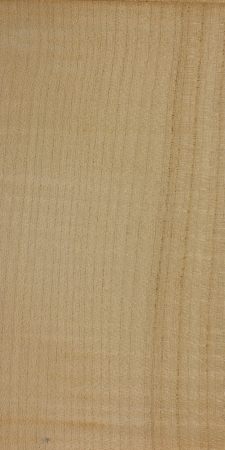
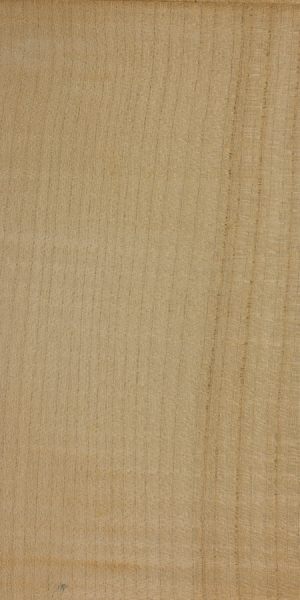
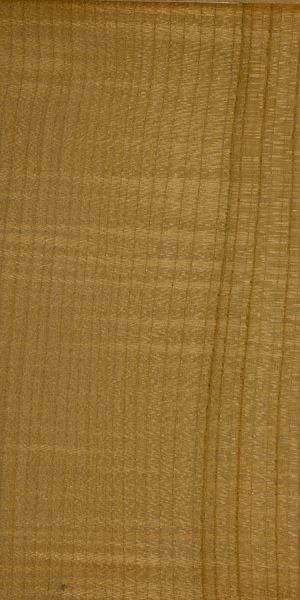
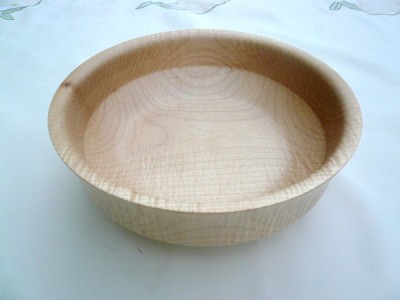
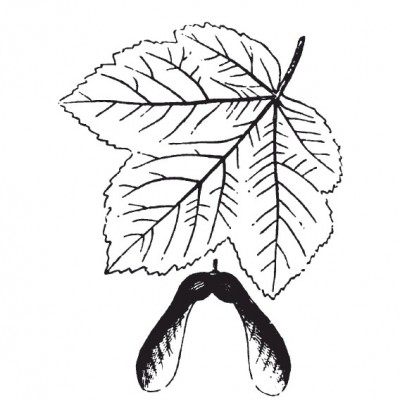
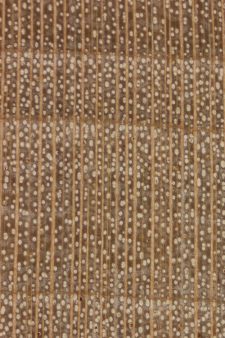

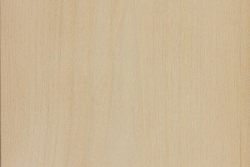
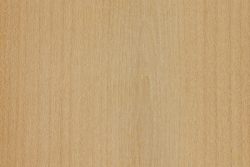
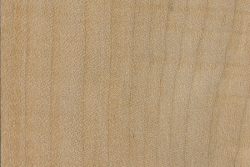
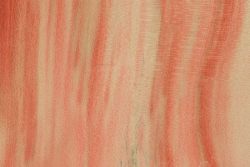
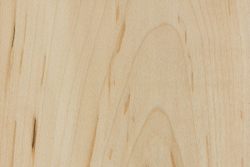
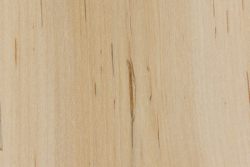
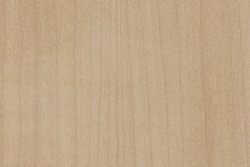
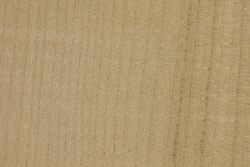
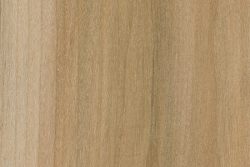
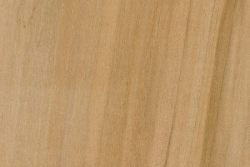
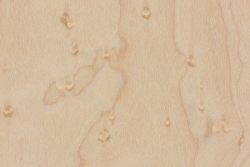
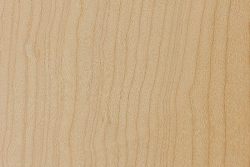
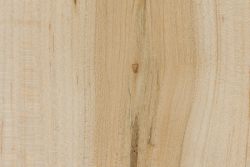
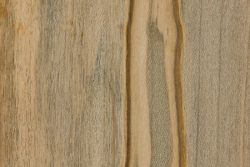
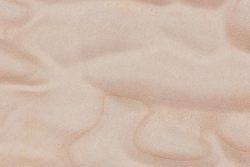
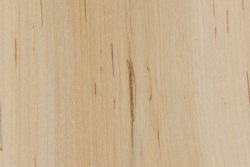
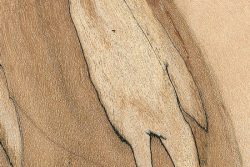
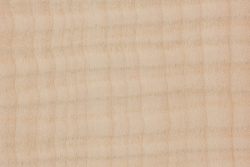
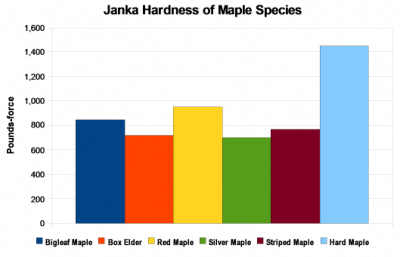






Sycamore maple tree fully burled
Late medieval lute I built using European Sycamore (AKA Sycamore Maple) for the body and pegbox).